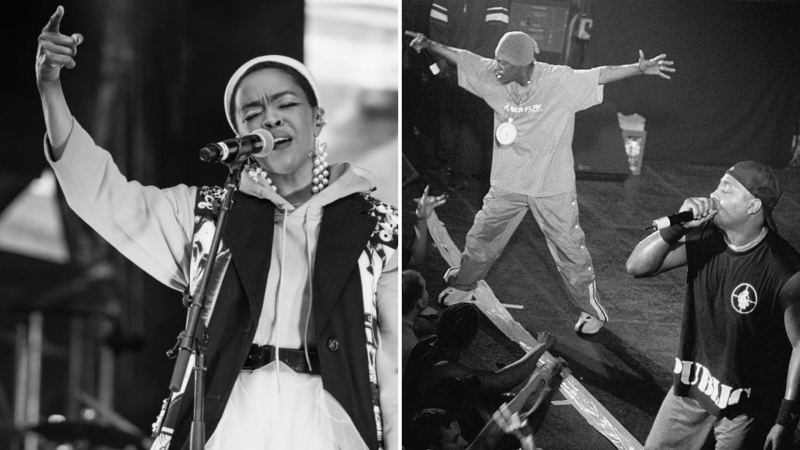In the wake of the horrific killing of George Floyd by Minneapolis police, the Black Lives Matter movement has gained national support and protests have taken place across the country in unprecedented sizes. These calls for structural change and racial equality have all come amidst the ongoing COVID-19 pandemic, which has disproportionately affected the Black community. As two Asian American high school students, we want to help our community better understand the Black Lives Matter movement, and how to be allies to it. This article is the third part in a series about books and articles, TV shows and movies and music related to the Black Lives Matter movement.
Songs
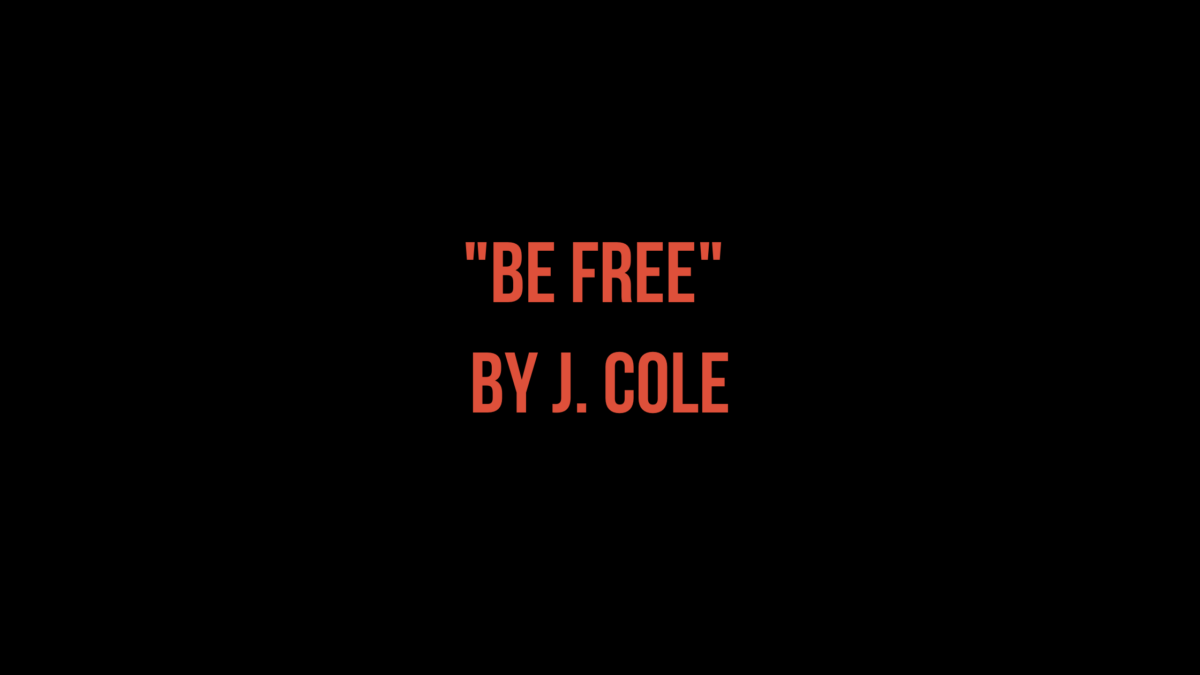
“Be Free” by J. Cole responds to the death of Michael Brown, who was a teenager at the time of his death. The passion and lyrics of the song represent Cole’s frustration toward the unnecessary brutality that Black people experience. The lyrics in the second verse read, “Can you tell me why every time I step outside / I see my [EXPLETIVE] down / Ooh, I’m letting you know / That it ain’t no gun they can make that could kill my soul / Oh, no.” Through these lyrics, J. Cole expresses a desire to be freed from the vicious cycle where Black men are “stifled by the system” and are disrespected. In the song, he shares how he feels like he is locked up in chains and how he just wants to be free. The tempo of the song is slow as it is accompanied with a piano that repeats a couple chords, but every verse greatly emphasizes the lyrics. There have been various unofficial music videos made with the song, and it greatly connects to the stories that were shared. In Cole’s voice, you can hear the anger and sorrow that he holds.
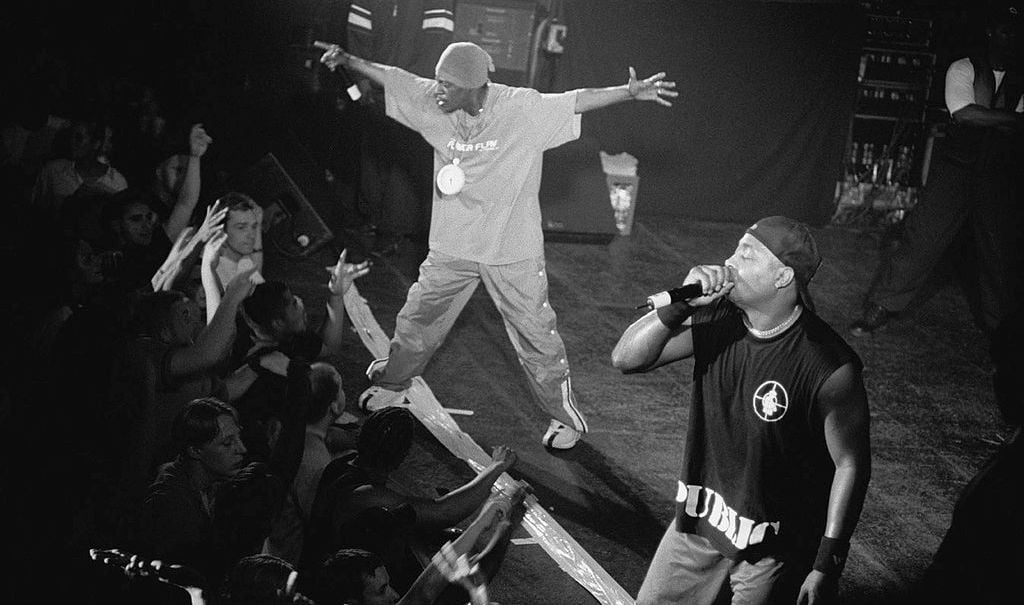
“Fight the Power” by Public Enemy calls for radical change by inspiring the Black community to take a stand against racism. The song was an anthem among the Black youth of the 1980s and 1990s as it rallied activists with its lyrics. This song was nominated for the 32nd GRAMMY Award for the Best Rap Performance, and even though it didn’t win, Public Enemy earned their spot in the GRAMMY Hall of Fame in 2018 for the powerful political and social statement they made with their album “It Takes A Nation of Millions to Hold Us Back.” What makes this anthem special is that it is more of a hip-hop anthem. Towards the end, there is this nice sax tune. I can picture this song being played at a b-boy performance, and I think with that movement it would feel even more powerful. This song was also in the soundtrack of director Spike Lee’s famous “Do The Right Thing.” Lee asked Public Enemy to make a song for his film, and Chuck D, one of the members of the group, started work on the lyrics and then sent it along to the production team. When writing this song, Public Enemy spoke to the urgency of the racial tensions in Lee’s film and in the real neighborhoods of New York.
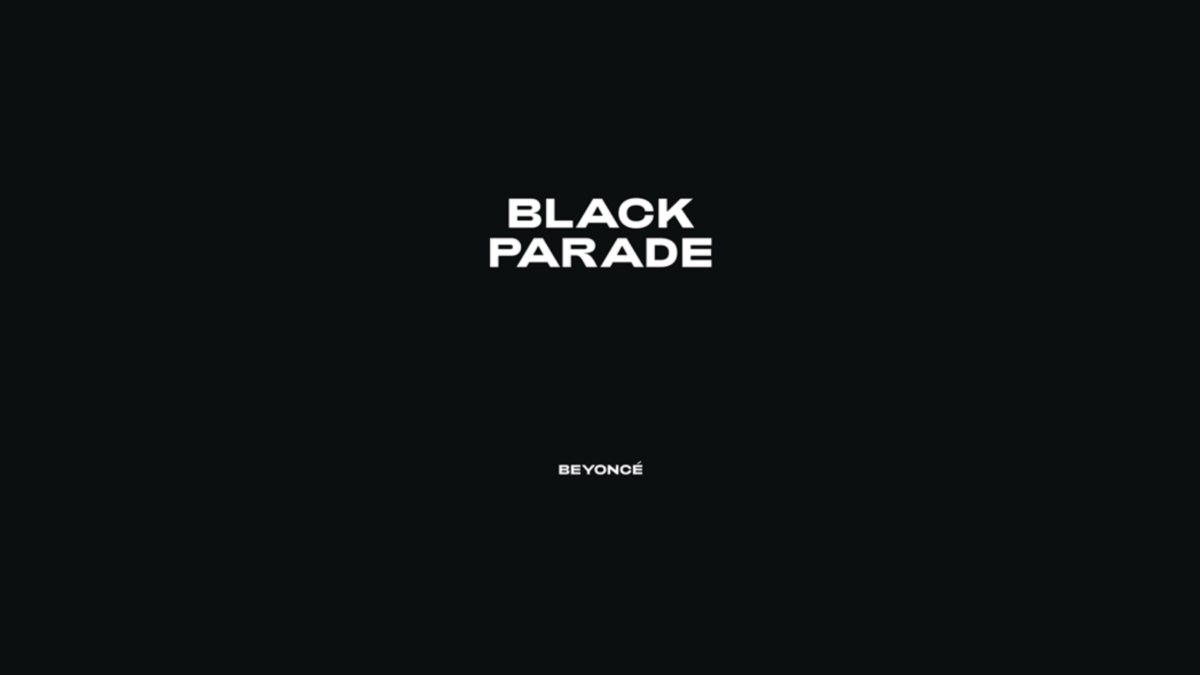
“Black Parade” by Beyoncé, which was released in honor of Juneteenth, encourages listeners to protest for equality and celebrates her heritage and identity. The uplifting song has since played a significant role in growing Black-owned businesses as proceeds from the song are going to Beyoncé’s BeyGOOD Small Business Impact Fund. In this song, Beyoncé sings, “I’m goin’ back to the South,” showing her connecting back to her roots. “Drip all on me, woo, Ankara Dashiki print / Hol’ up, don’t I smell like satya, Nag Champa incense?” These lyrics reference aspects of African culture, where she wants to raise more awareness. If you have time to read the lyrics, it is definitely a great song to take a look at!
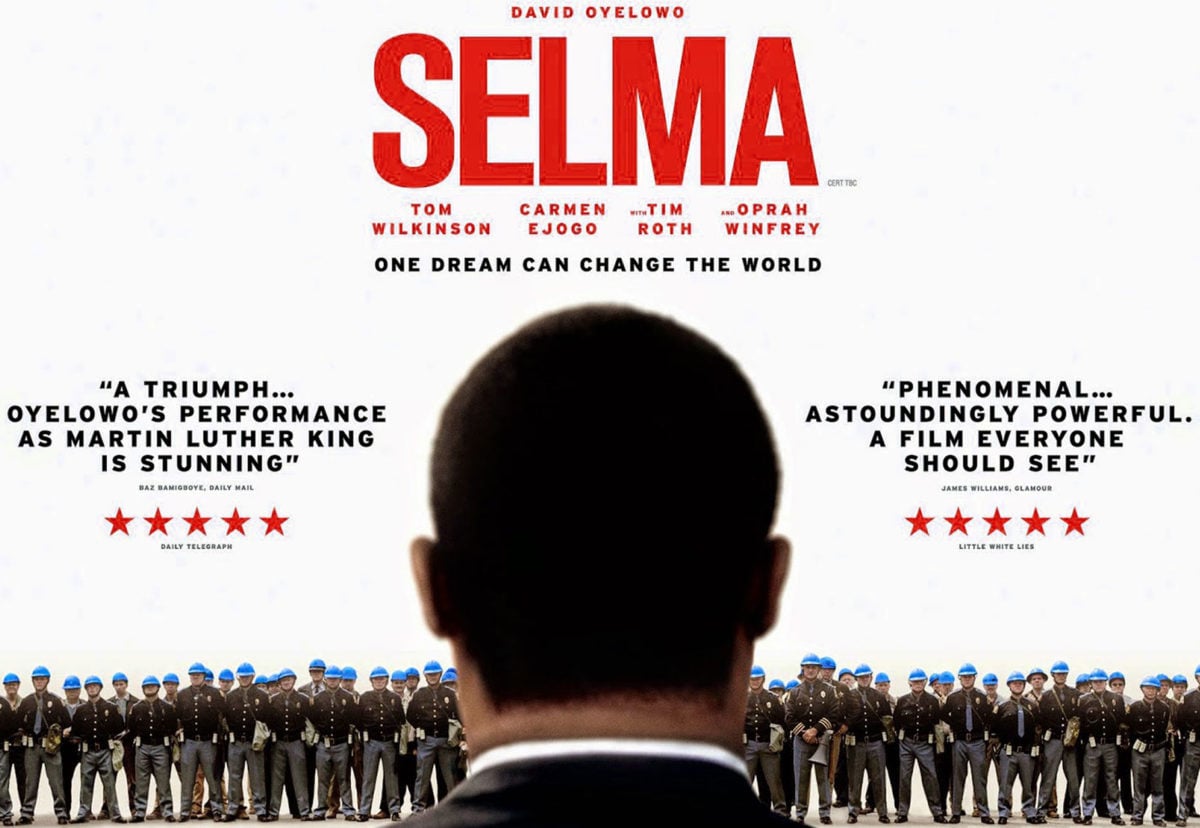
“Glory” by John Legend and Common was produced for the film “Selma,” and the song recounts the Civil Rights Movement. This song recognizes that the fight for freedom is not over, and that much more time and effort are required, but also that in the end, there will be a day when those who have been oppressed will live free from bigotry. Common raps the verses, while Legend sings the choruses and the bridge. The opening is strong and resonates throughout the song. The music video also provides historical context.
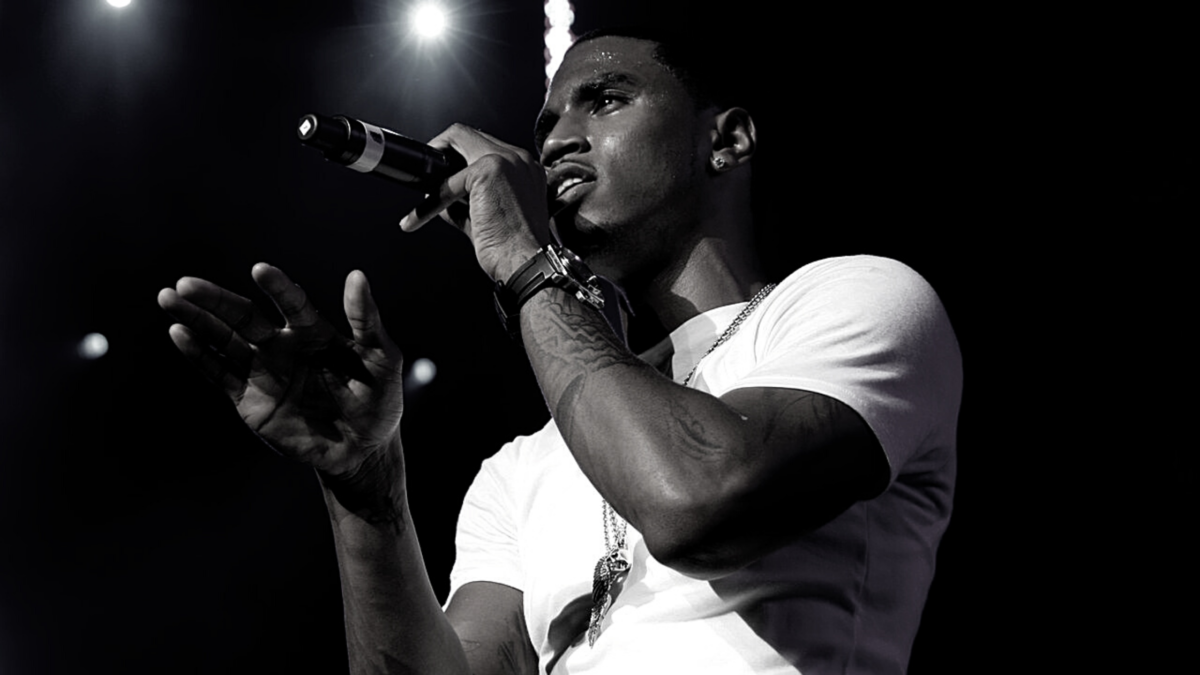
“2020 Riots: How Many Times” by Trey Songz is a R&B/Soul protest anthem that was released following George Floyd’s death. The lyrics specifically shed light on police brutality, and proceeds from the song go to the Black Lives Matter movement and the Community Justice Exchange’s National Bail Fund Network. Songz asks, “How many mothers have to cry? / How many brothers gotta die? / How many more times?” These lyrics speak to why the protests are happening and how this vicious cycle of injustice cannot continue.
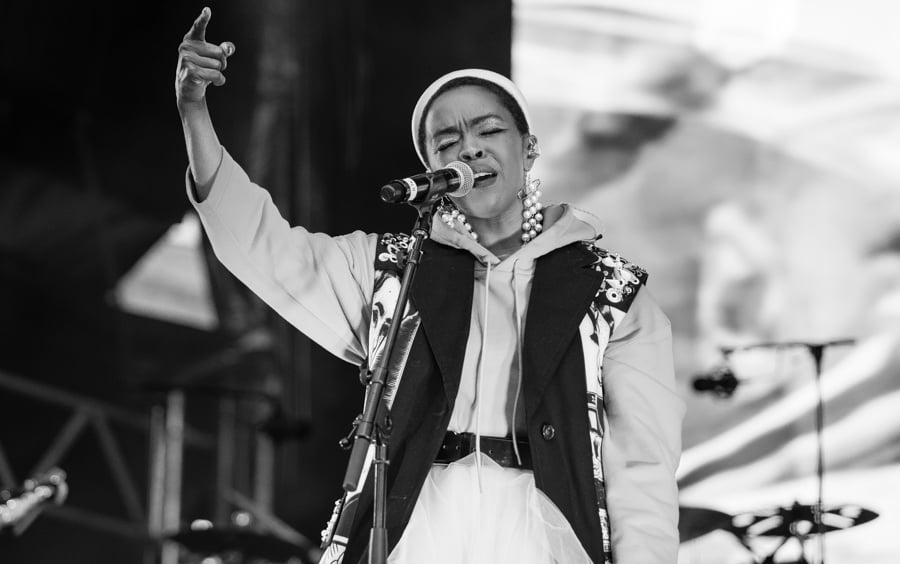
“Black Rage” by Lauryn Hill is dedicated to those who protested in the Ferguson Riots in Missouri in 2014 after the shooting of Michael Brown. Hill sings about how fear from brutality and hate crimes committed against Black people can be channeled into demanding change and fighting against racism. “Black Rage is founded on two-thirds a person / Rapings and beatings and suffering that worsens / Black human packages tied up in strings / Black rage can come from all these kinds of things.” This powerful song shows the sufferings of Black people over the centuries. It brings alive the rage that protestors and people have been feeling.
Though there are many ways you can support the movement, there is no one right way. This is not an exhaustive list, and you do not need to do everything. These artworks resonated with us, but there are definitely more ways to be educated.
Feel free to also check out an additional article from The Stanford Daily’s Vol. 257 Editorial Board where they focus on more reads, contacts to reach out to, classes to take, petitions to sign and places to donate.
Contact Leanna Sun at leannaxsel ‘at’ gmail.com and Karen Mai at kmai4 ‘at’ bostonk12.org.
